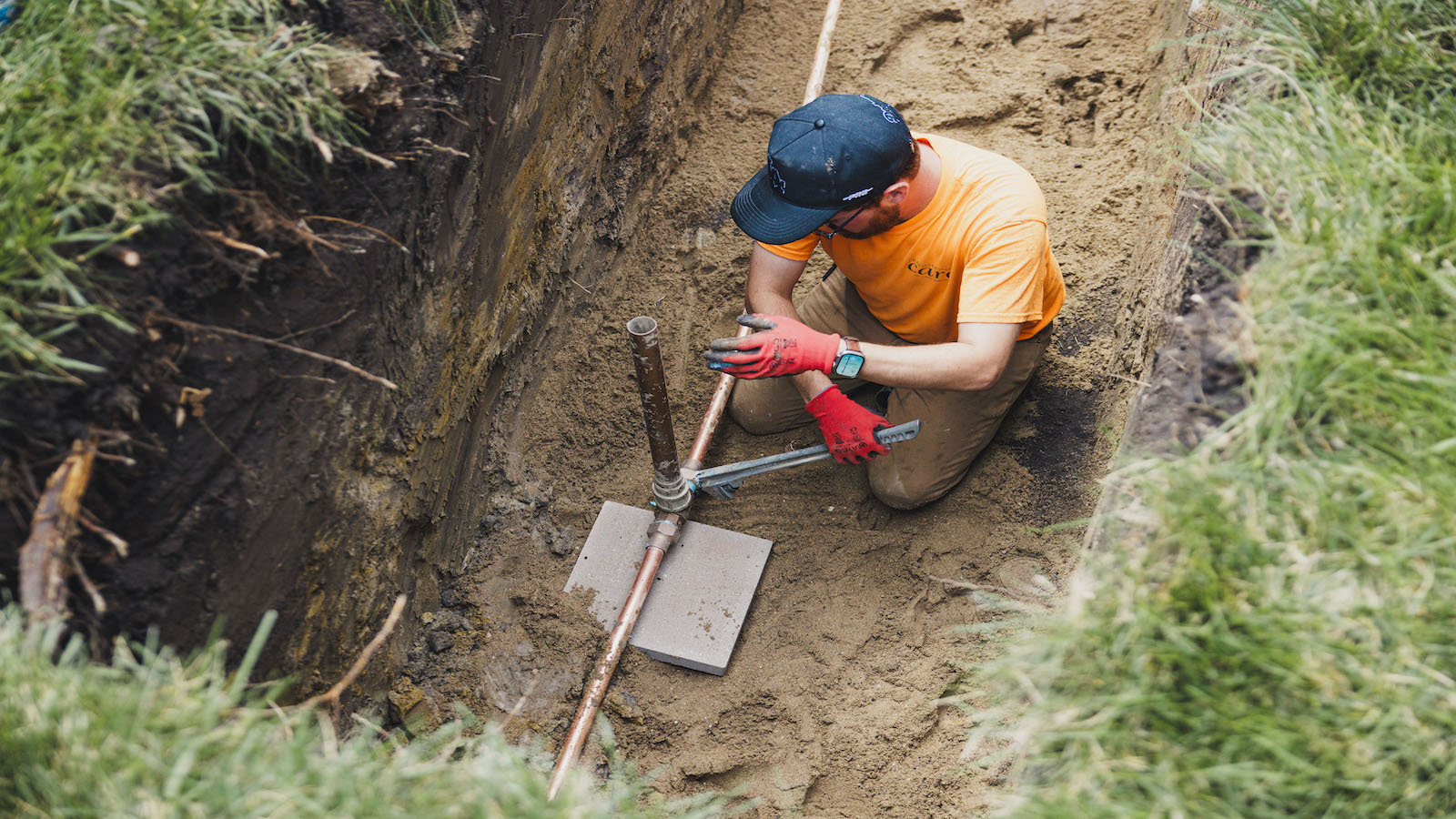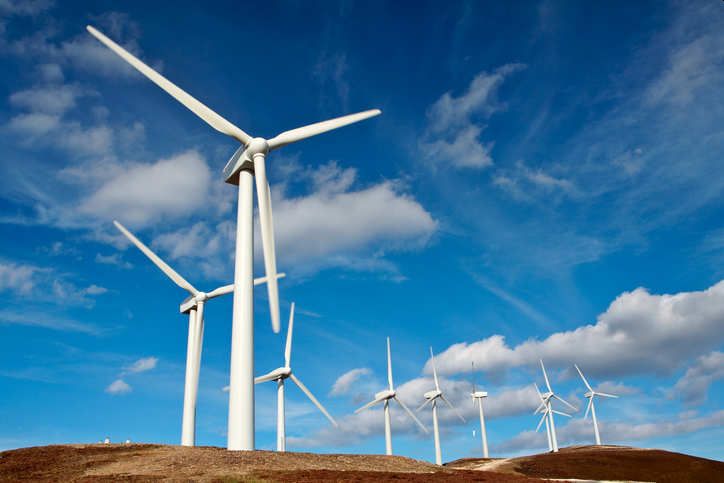Metals, Vol. 15, Pages 971: Influence of Build Orientation and Heat Treatment on the Microstructure and Mechanical Properties of SUS316L Fabricated by Selective Laser Melting
Metals doi: 10.3390/met15090971
Authors:
Yujin Lim
Chami Jeon
Yoon-Seok Lee
Ilguk Jo
Additive manufacturing (AM) via selective laser melting (SLM) is increasingly deployed in aerospace, biomedical, and tooling applications where complex geometries and high performance are required. Yet, process-induced anisotropy and microstructural heterogeneity can strongly affect mechanical and tribological behavior. This study systematically evaluates the combined effects of build orientation (0°, 45°, and 90° relative to the build plate) and post-build heat treatment (as-built, 600 °C, and 860 °C) on the phase constitution, microstructure, hardness, tensile response, and dry sliding wear of SLM-fabricated 316L stainless steel. X-ray diffraction indicated a fully austenitic (γ-fcc) structure without detectable secondary phases across all conditions. Orientation-dependent substructures were observed: ~1 µm equiaxed cellular features at 0°, finer 0.3–0.5 µm cells at 45°, and 1–2 µm elongated features at 90°. Microhardness varied with orientation; relative to 0°, 45° specimens were ~15 HV higher, whereas 90° specimens were ~10 HV lower. Heat treatment at 600 °C promoted refinement and recovery of the cellular network, most pronounced in the 45° orientation, while treatment at 860 °C largely erased melt pool boundary contrast, producing a more homogeneous particle-like microstructure. Tensile fractography revealed dimpled rupture in all cases; the 90° orientation showed finer dimples and lower hardness, consistent with a ductile failure mode under reduced constraint. Dry sliding wear tests identified adhesive wear, intensified by the build-up of transferred fragments, as the dominant mechanism in both as-built and 600 °C conditions. Changes to melt pool morphology after 860 °C heat treatment correlated with altered wear track widths, with the 0° condition showing a notable narrowing relative to the 600 °C state. These results highlight processing pathways for tailoring anisotropy, strength–ductility balance, and wear resistance in SLM 316L.
Source link
Yujin Lim www.mdpi.com


